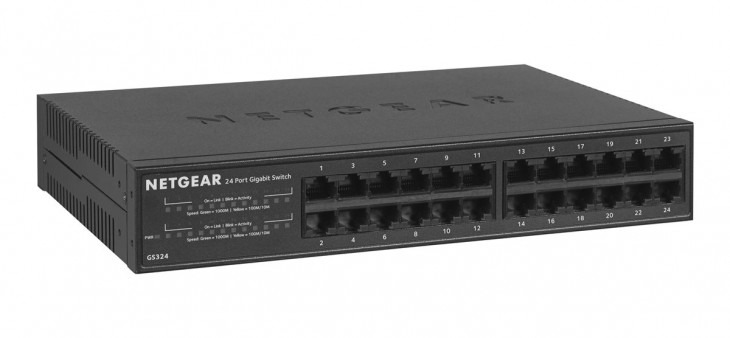
Multiport gigabit switches connect Ethernet-enabled devices within a network, while delivering greater performance capabilities. A switch with Gigabit Ethernet ports will support a maximum transmission speed of one gigabit per second (Gbps). As with other types of Ethernet switches, a gigabit network switch will connect devices on a local area network. Gigabit switches with multiple port configurations allow for the expansion of network capacity in consumer or corporate environments. An 8-port gigabit switch can provide rapid transmissions in an office environment, while a 16-port or 24-port gigabit switch supplies greater bandwidth for the SME.
Gigabit Ethernet Switches Support Data Transfers
Enterprise network backbones often feature Gigabit Ethernet switches, which are able to transmit Ethernet frames at speeds ten times greater than the Fast Ethernet rate of 10/100Mbps. However, in order for gigabit performance to be achieved, all network components connected through the switch must support the faster rate. For example, both a switch and a router on the network would have to be capable of gigabit speeds. The appropriate network cabling must also be used. The Gigabit Ethernet standard for 1Gbps transmissions is often deployed when connecting workstations and servers.
Gigabit Switching Technology Deployment
There is flexible and intelligent gigabit switching technology that can support each of the three Ethernet rates. A 10/100/1000 switch is a component that can adjust to the maximum speed between the source and receiving device. This type of Gigabit Ethernet switch has ports that identify the speed of each device on the network and respond accordingly when sharing information and transferring files. A properly configured network with the capability for gigabit switching technologies will be able to support high-speed data transfers between devices.
Related Links
Gigabit Switches
Stackable Gigabit Managed Switches
NETGEAR Gigabit Smart Switches
24 Port Gigabit Smart Switches
Gigabit Managed Switches
